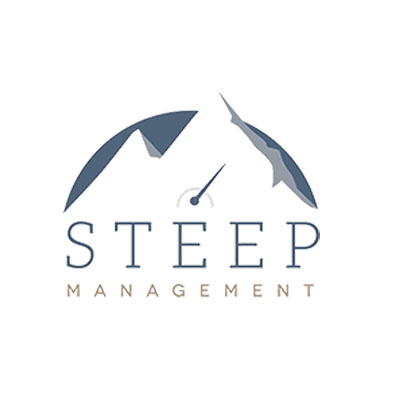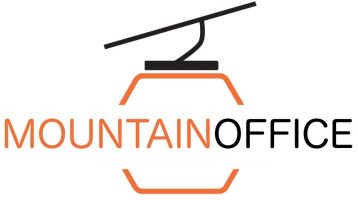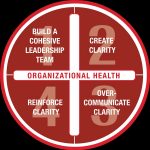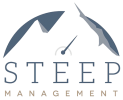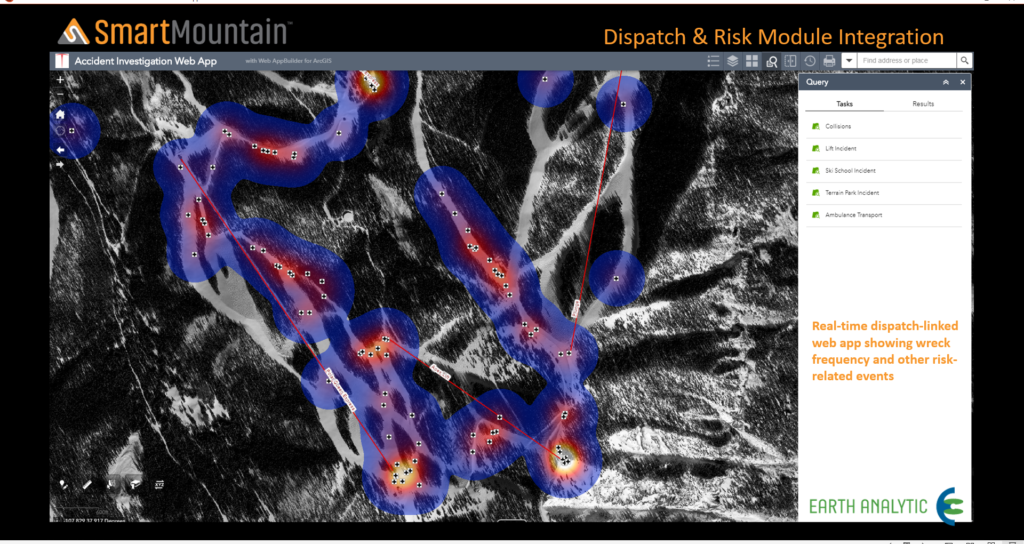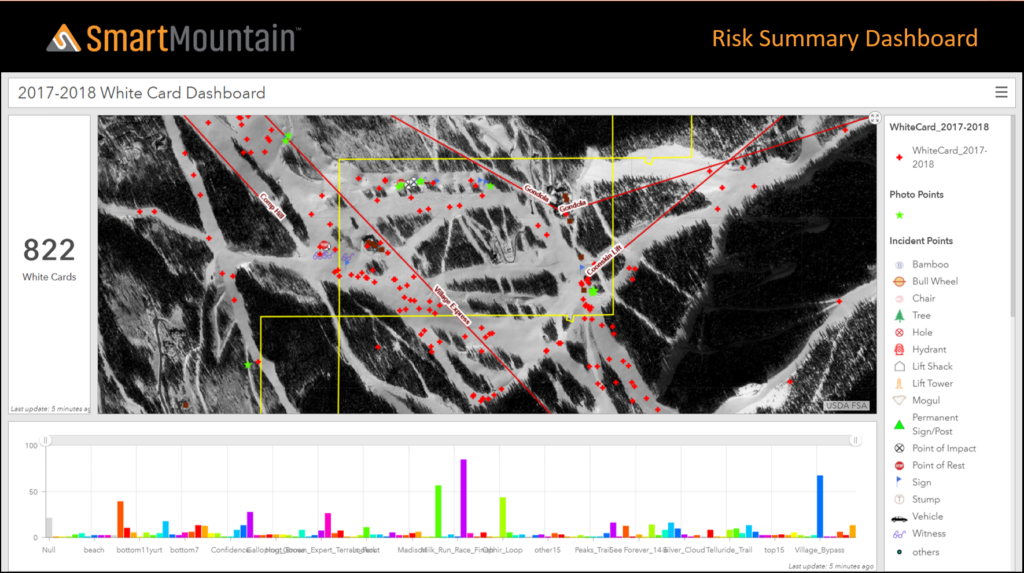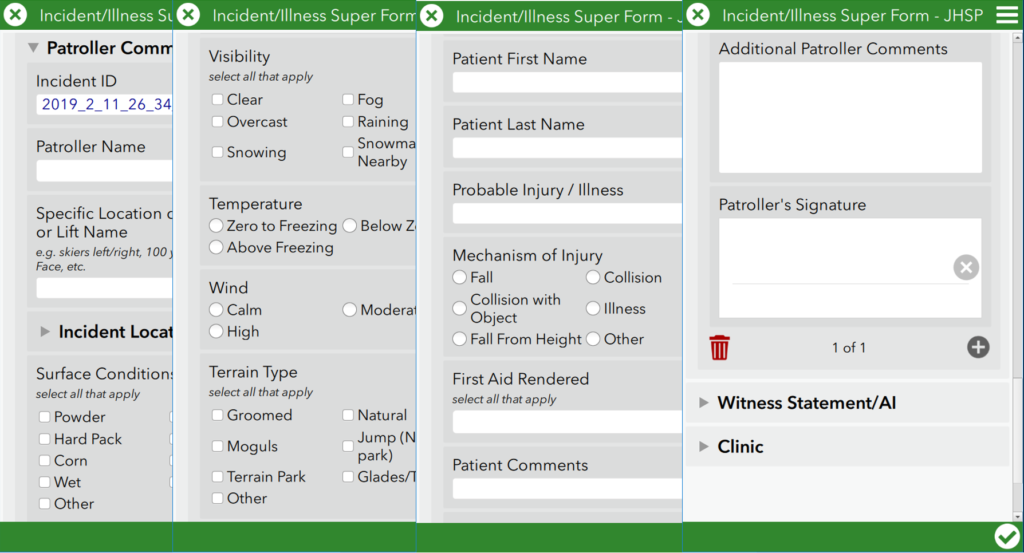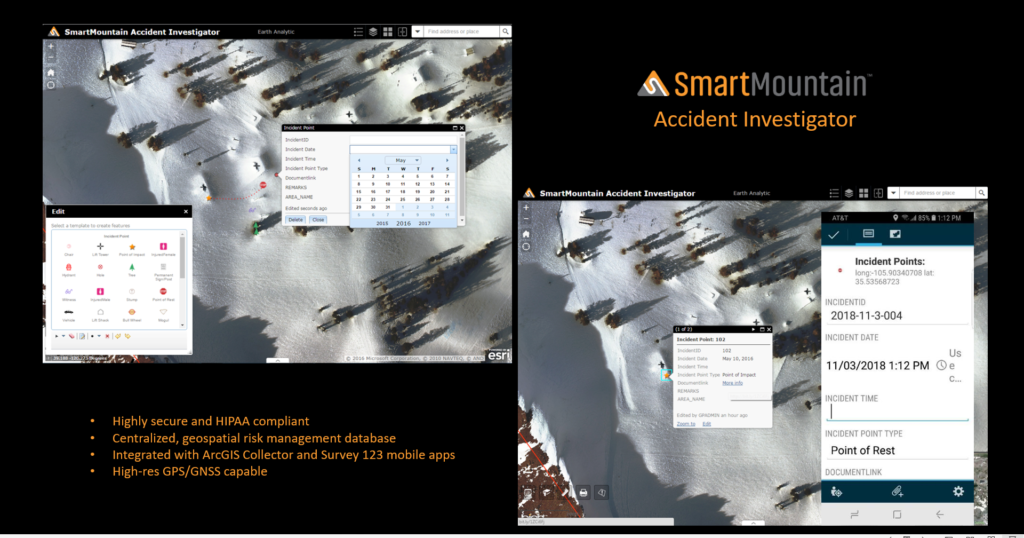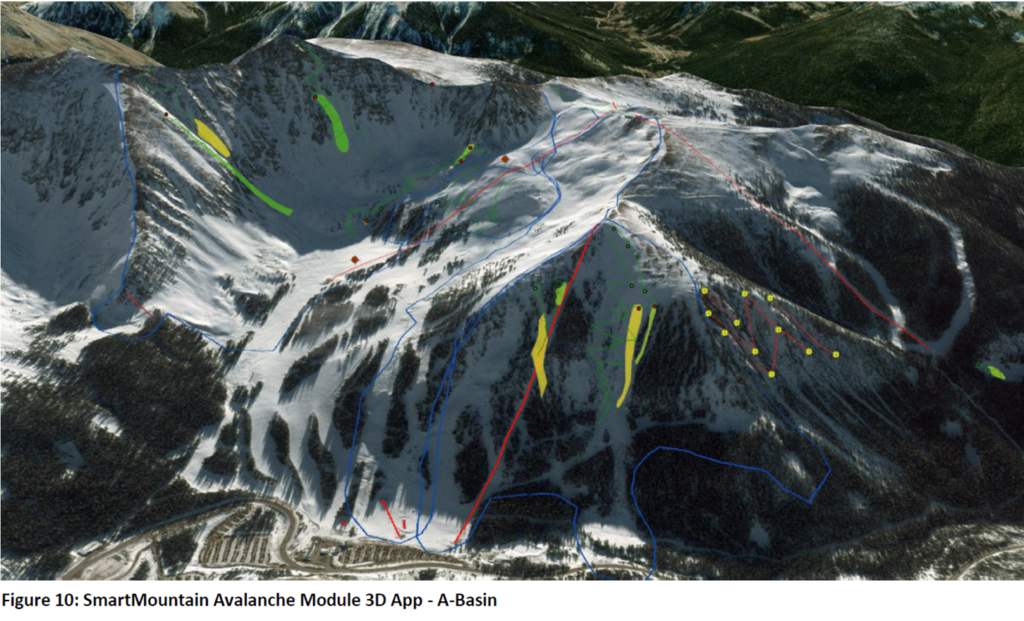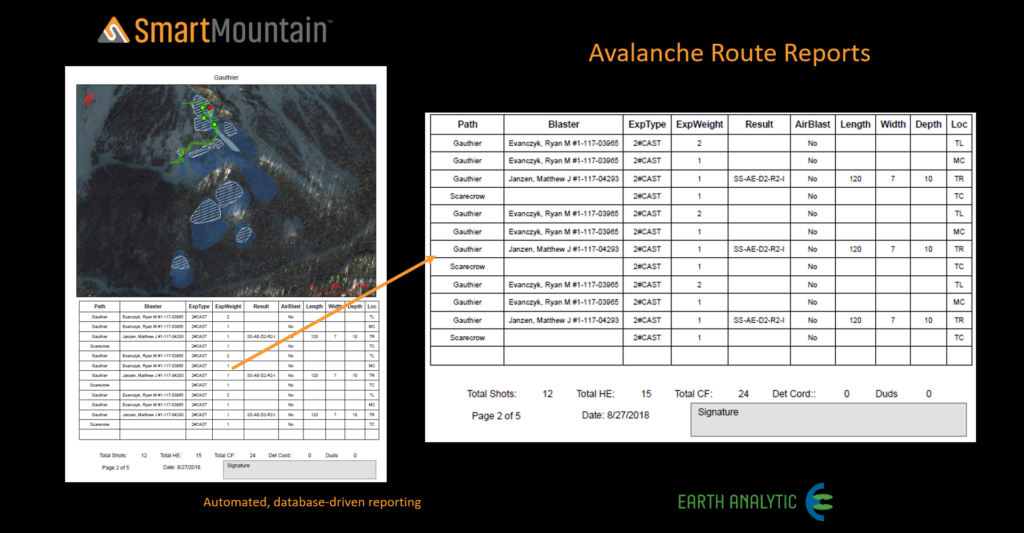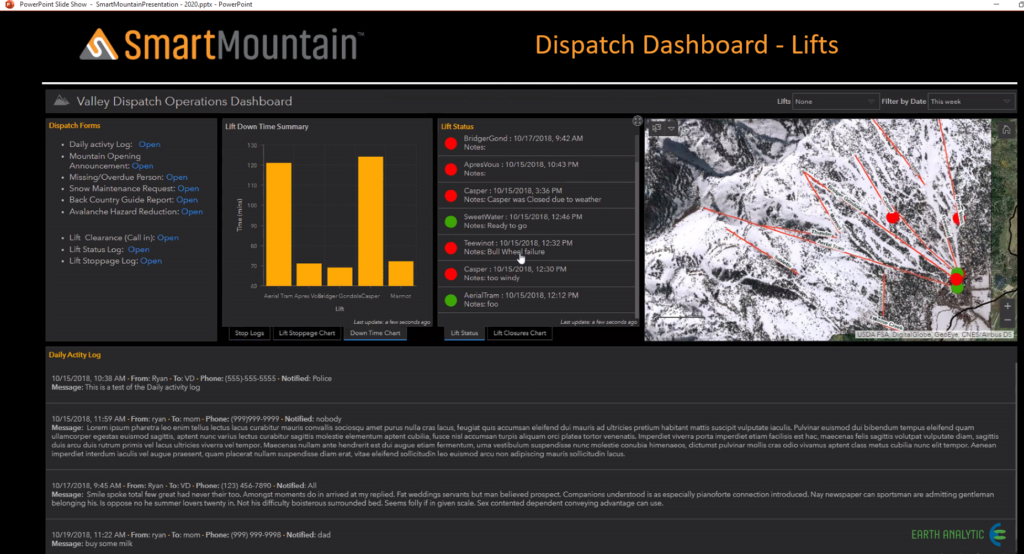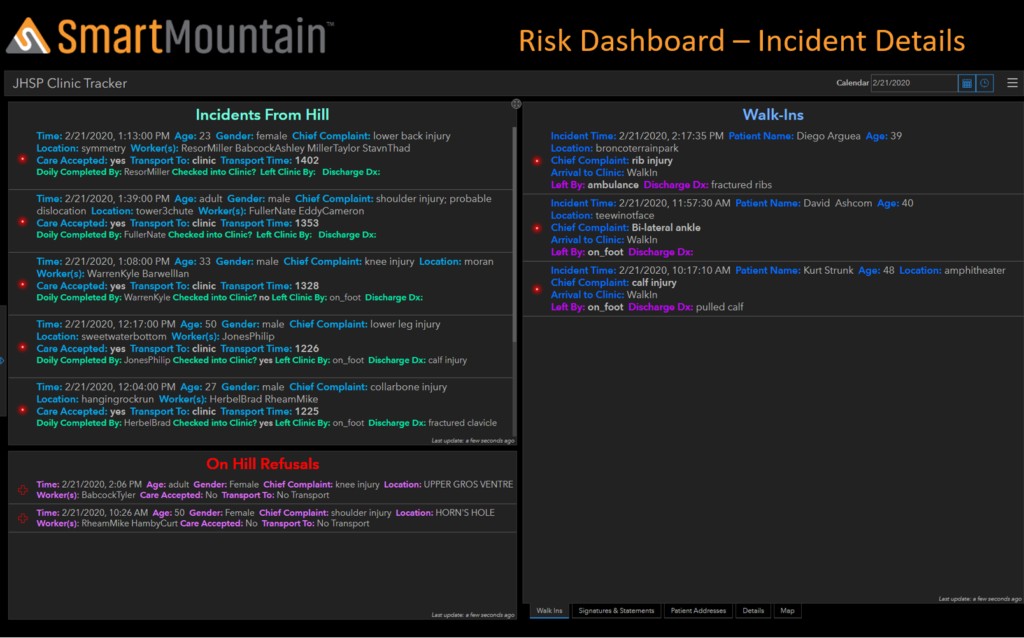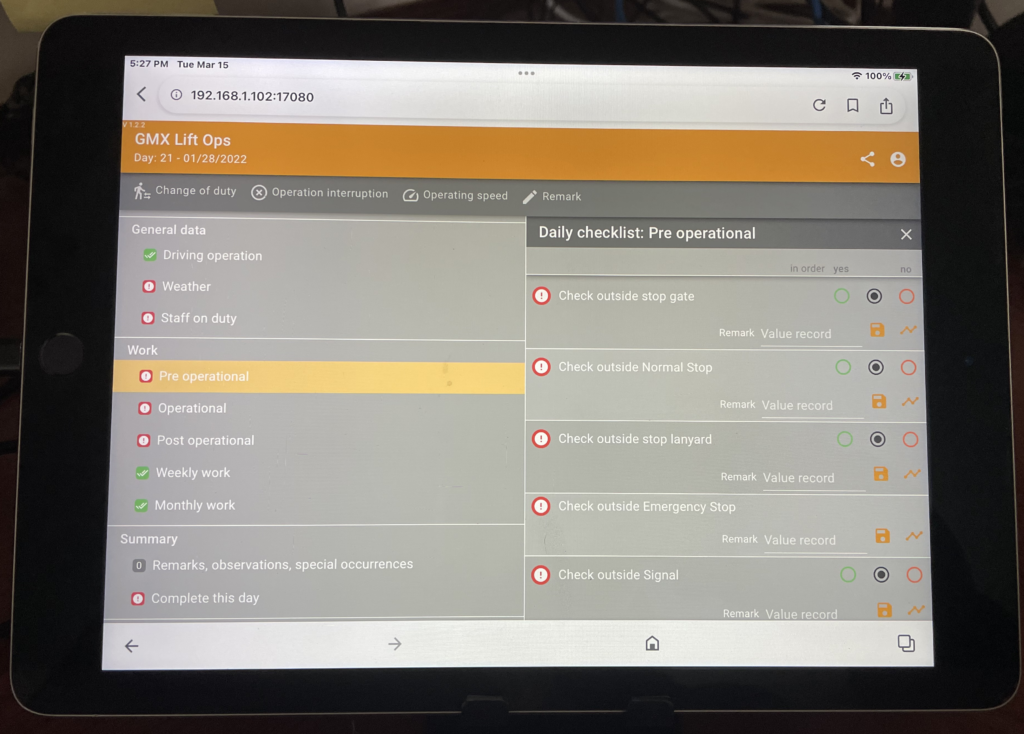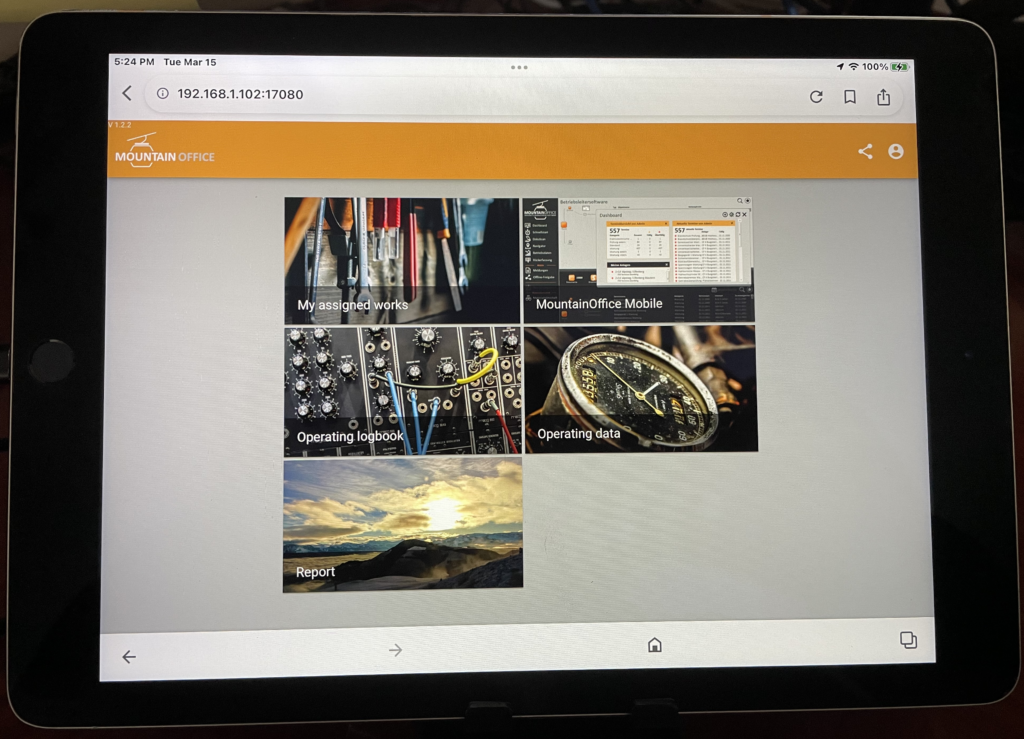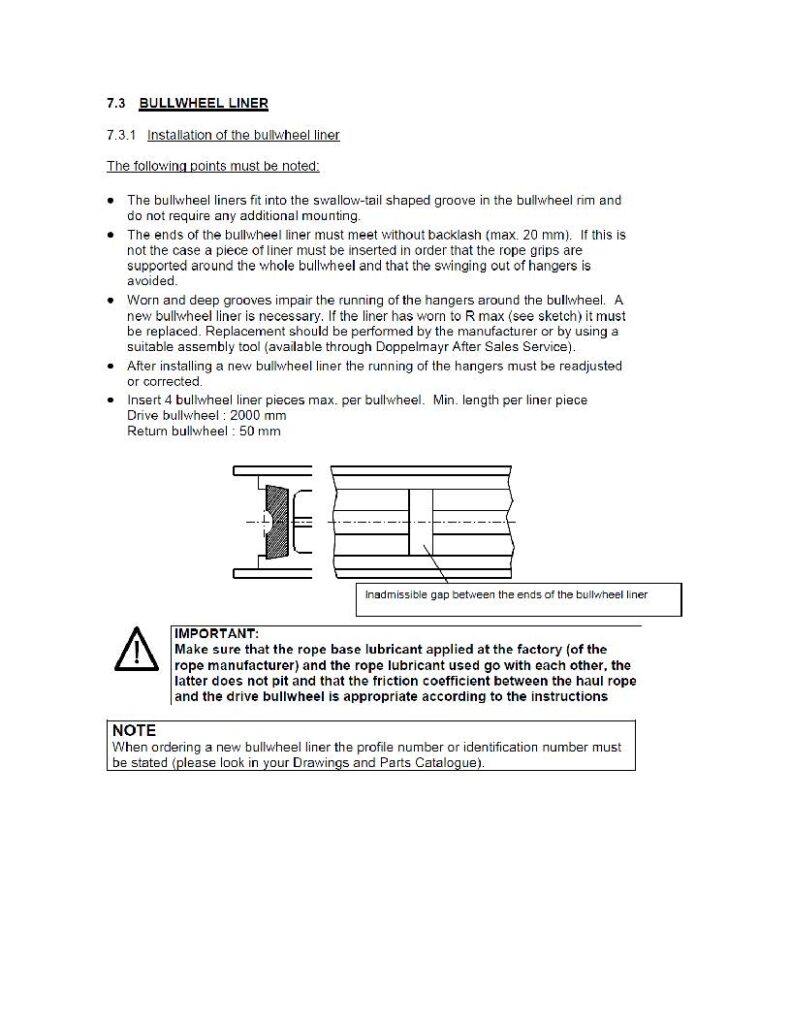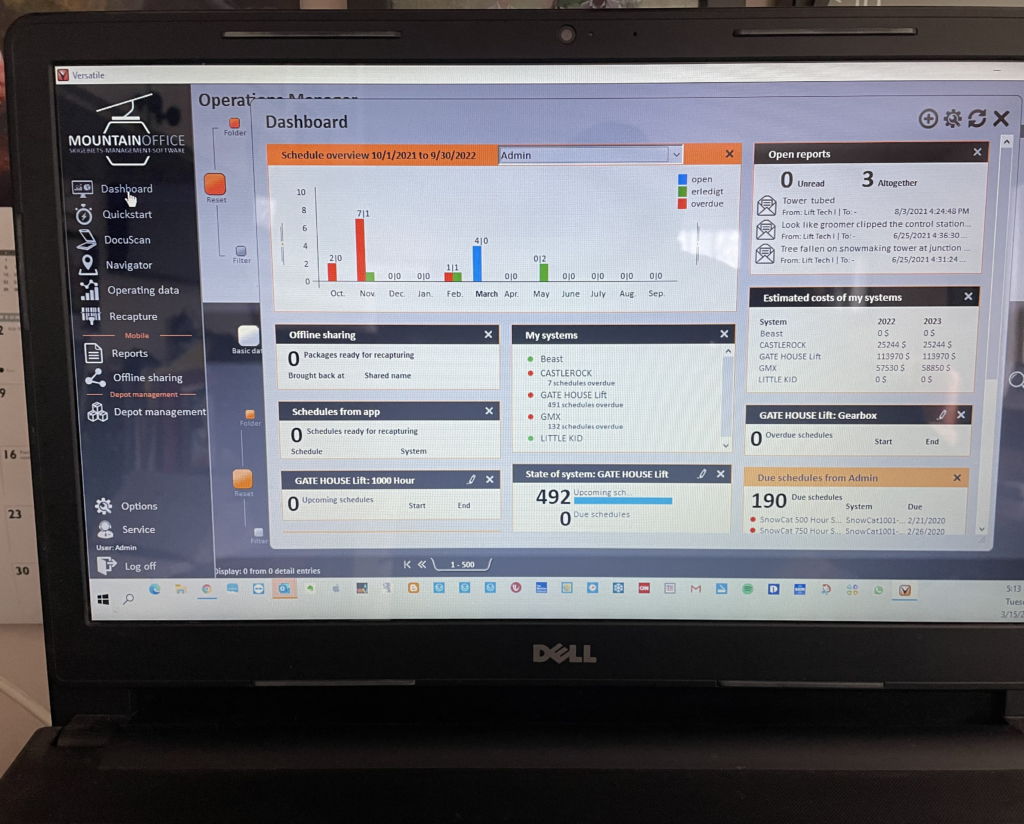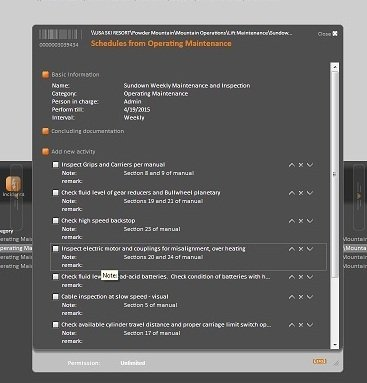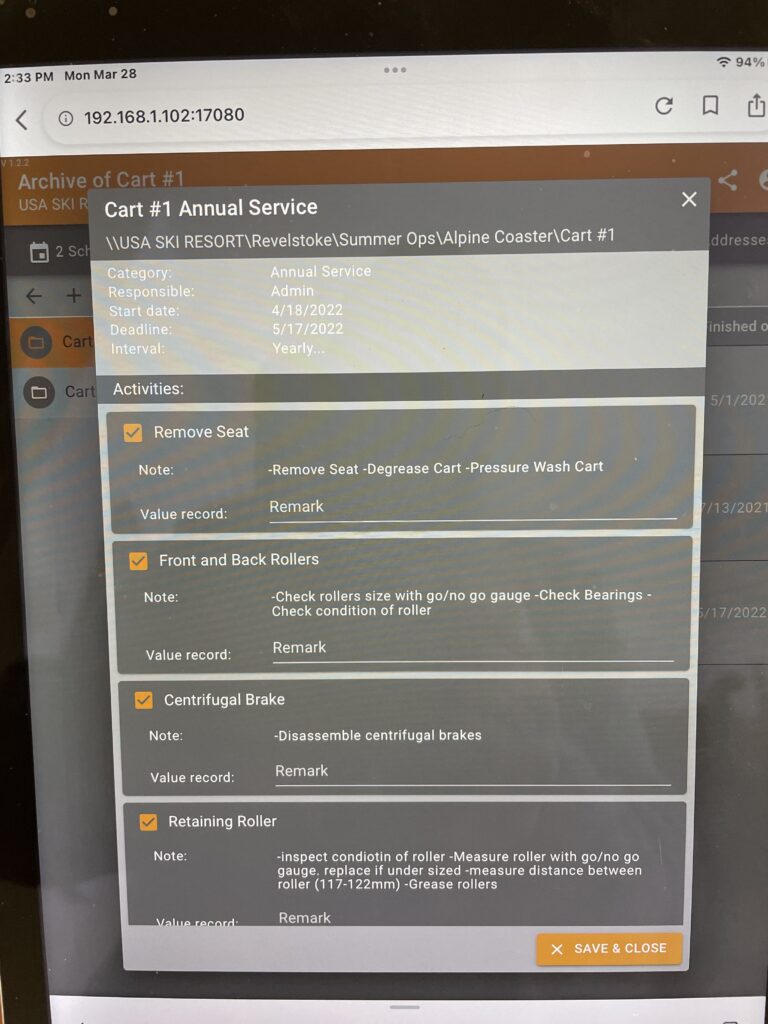July 2019 Ski Area Maintenance Survey
The survey that many of you participated in this July came back with what I would say were encouraging results. The response rate wasn’t as good as I hoped, 8%. The pool was limited to mountain ops maintenance staff.
The encouragement came in that a high percentage of respondents indicated that they have a maintenance strategy, 94.6%, and that upper management, 64%, is involved in setting the maintenance strategy – certainly room to improve on this latter point.
A higher percentage use metrics to measure their maintenance performance than expected, 46.7%. Lots of room to improve in this category and the disconnect here is if senior management involvement was at the level reported, why weren’t question being asked? Monthly, 26% and annually, 39%, reviews were being held, and 56% were reviewing the metrics with their staff. Again, room for improvement but definitely beyond expectations. 51% tied metrics to their strategy, which is a strong indication that ties back to a high percentage having a maintenance strategy. There needs to be a broader use of metrics.
A very good response to the question relating to sharing performance with your staff, 88%. However, this means there are still 12% who are not sharing the maintenance performance with their staff. The underlying assumption could be that these are folks who don’t use metrics, 53% of respondents. The difference in those not using metrics and those not sharing performance with their staff doesn’t correlate. If you can’t share a measurement, what is being shared?
The question regarding whether staff could recite the maintenance staff accurately was interesting in that it split almost down the middle, 53% yes and 47% no. Repeating the strategy often in department meetings is the key here. It will also enable better employee engagement.
Training seems to be something all respondent take seriously. This question was flawed in that the system did not allow multiple answers to the question. However, there was enough data to indicate that in-house training is the #1 training venue, 42%, with manufacturers, 14%, and RMLA at 23% the next level of venues for training. LMS, the Eastern version of RMLA came in at 11%, an indication that more Western ski areas were respondents than Eastern ski areas.
Overall the indication is that maintenance is important; it is measured and levels of performance are communicated to those that do the work. Saying this means that the levels of those embracing maintenance are higher than expected. There is still significant room for higher awareness of the importance of maintenance in the culture of ski areas. The NSAA with issuance of the Lift Maintenance Resource Guide will provide an essential tool for training and raising the bar on maintenance.
To see the full results of the survey click on the July 2019 Ski Area Maintenance Survey
Thanks to all those who participated.
